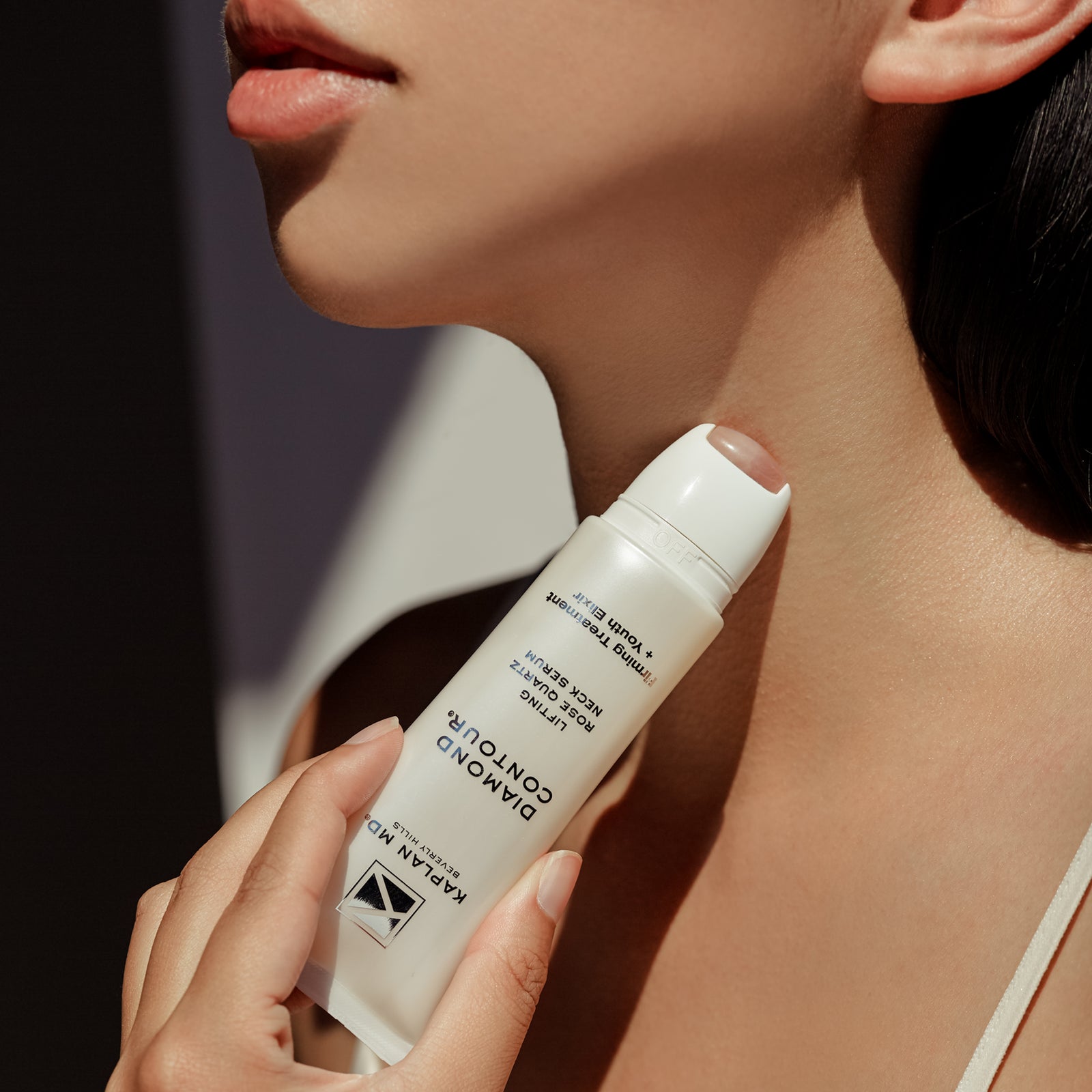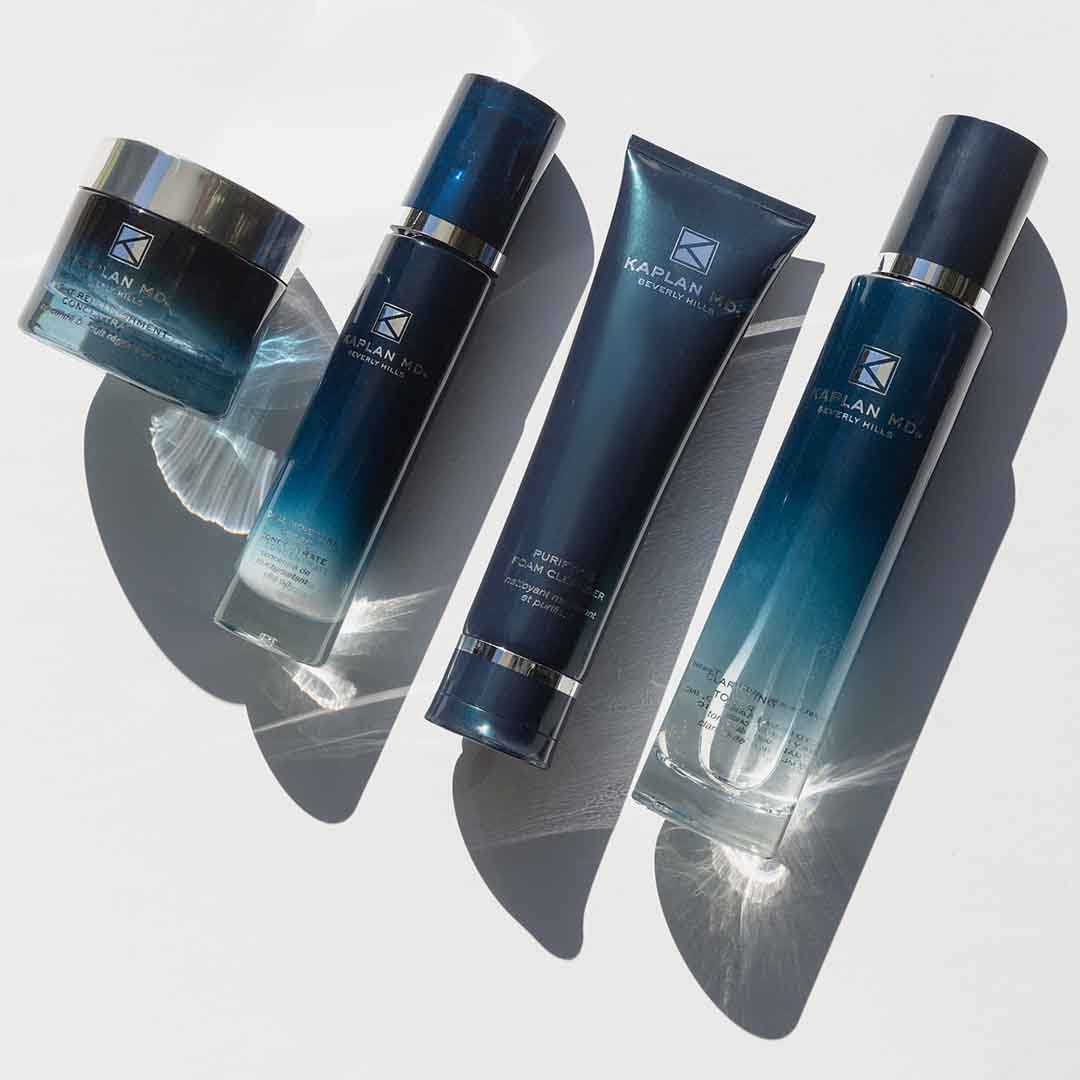Dr. Kaplan – Tattoo Removal
WHAT IS LASER TATTOO REMOVAL?
Decorative tattoos have a history dating back at least 5000 years. The desire to remove them has probably existed just as long. Early attempts to remove tattoos have had less than desirable results. The use of dermabrasion, salabrasion and Argon or CO2 lasers have left behind scars in place of the tattoo.
Dr. Kaplan uses a Versapulse Laser. This laser permits the removal of most tattoo inks with a very low risk of scarring. Unlike other lasers, this laser can significantly lighten or remove many tattoo inks, and is particularly advanced in the removal of blue, black, green, yellow, and red inks.
HOW TO CHOOSE YOUR DOCTOR
Dr. Kaplan has been removing tattoos for more than 18 years. He is an Assistant Clinical Professor at UCLA, and has extensive experience in tattoo removal. His patients include many well-known actors, singers, and models, who require complete removal of their tattoos, without any scarring. In addition to his private practice, Dr. Kaplan volunteers his time and expertise in removing tattoos to the Los Angeles County Courts and Children of the Night. He has extensive experience removing all types of tattoos – professional, home-made, colorful, and black-and-white
NOT ALL LASERS ARE THE SAME
Not all lasers are the same. They vary in price from $10,000 to $180,000. Dr. Kaplan uses the absolute best laser available. This is the Versapulse Laser, the only laser that can remove the widest range of colors used in tattoos. The Versapulse is a Q-Switched laser, and the only laser that has all the wavelength available to treat black, blue, red, green, and yellow tattoos, as well as combinations of these colors.
Other less expensive lasers can remove black ink, and maybe one or two colors. They may cost the patient less money per treatment. But the patient will require more treatments, have an increased risk of scarring, and less of a chance of removing the tattoo completely.
SAFETY
Lasers have been used in medicine for a wide range of treatments since the early 1960s by many specialties, including dermatology and plastic surgery. In the hands of a trained healthcare professional, the use of a laser is safe and effective.
HOW IT WORKS
The picture above shows how a tattoo machine pushes ink into the skin. The laser removes tattoo ink with the energy of light. Just as natural sunlight is made up of light wavelengths of many colors, a laser is a device which is designed to produce one or more specific wavelengths of light. These wavelengths are either absorbed, reflected or simply passed through objects. Tattoo ink is removed by using a specific wavelength which passes through the skin but is absorbed by the ink. The rapid absorption of light energy causes the tattoo ink to destruct, where it is then removed by the body’s natural filtering systems.
Medical research has taught us which wavelengths of light to use and specifically how to deliver the laser’s output to best remove tattoo ink. The laser uses a light wavelength which passes through skin, but light in very short, high intensity pulses for maximum ink destruction. The use of this specific combination of wavelength and rapidly pulsed light results in minimal damage to the skin while providing maximum tattoo ink removal.
Before & After Photos
Breast tattoo before & after removal
Neck tattoo before & after removal
HOW IS IT DONE AND DOES IT HURT?
The laser emits light in very short flashes of light called pulses. The impact of the energy from the powerful pulse of light is similar to the snap of a thin rubberband or specks of hot grease on the skin. The large majority of all patients do not require anesthesia.
On the average, professional tattoos require 5 to 6 treatments, while amateur tattoos require 3 to 4 treatments, all spaced approximately 4 to 8 weeks apart. The number of treatments depends on the amount and type of ink used and the depth of the ink in the skin. Rarely, even more than ten treatments may be needed.
WHAT TO EXPECT FROM THE FOLLOWING TREATMENT?
Occasionally there will be pinpoint bleeding associated with the treatment. An anti-bacterial ointment and a dressing will be applied to the area. The treated area should be kept clean with continued application of any ointment given to you by your physician. A shower can be taken the next day, although the treated area should not be scrubbed.
WILL THE TATTOO COMPLETELY DISAPPEAR?
In many cases, the tattoo will completely disappear. Greater than 95% fading of the tattoo may be accomplished. However, it is very important to know that over 100 tattoo inks are in use worldwide today, none of which are regulated by the FDA. Not knowing which tattoo ink, how deep or how much was used, makes it impossible for the physician to predict the degree of removal on any given tattoo.
Dark (black and blue) inks and red inks fade the best. Oranges and purples usuallyrespond well. Green and yellow inks are the most difficult to remove, although additional treatments can produce significant fading.








